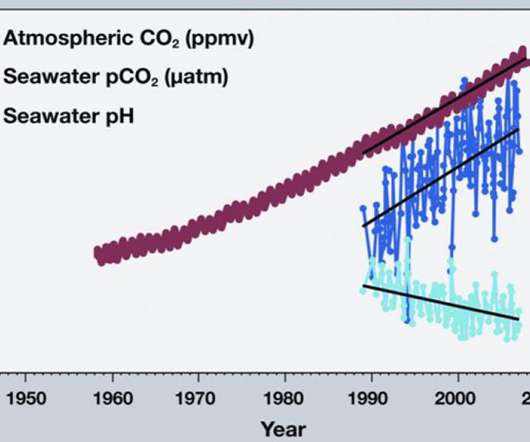No, The Oceans Are Not Acidic
R-Squared Energy
FEBRUARY 4, 2020
They are used to neutralize an acidic solution. The pH of the oceans is above 8, which makes it fairly basic. Over the past couple of centuries, atmospheric carbon dioxide has steadily risen. But the oceans also have a tremendous capacity to absorb CO 2. I still recall the first time I heard the term ocean acidification.















Let's personalize your content